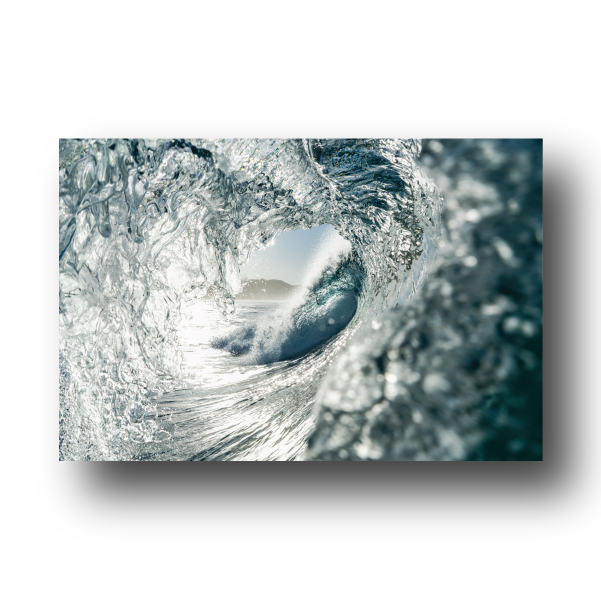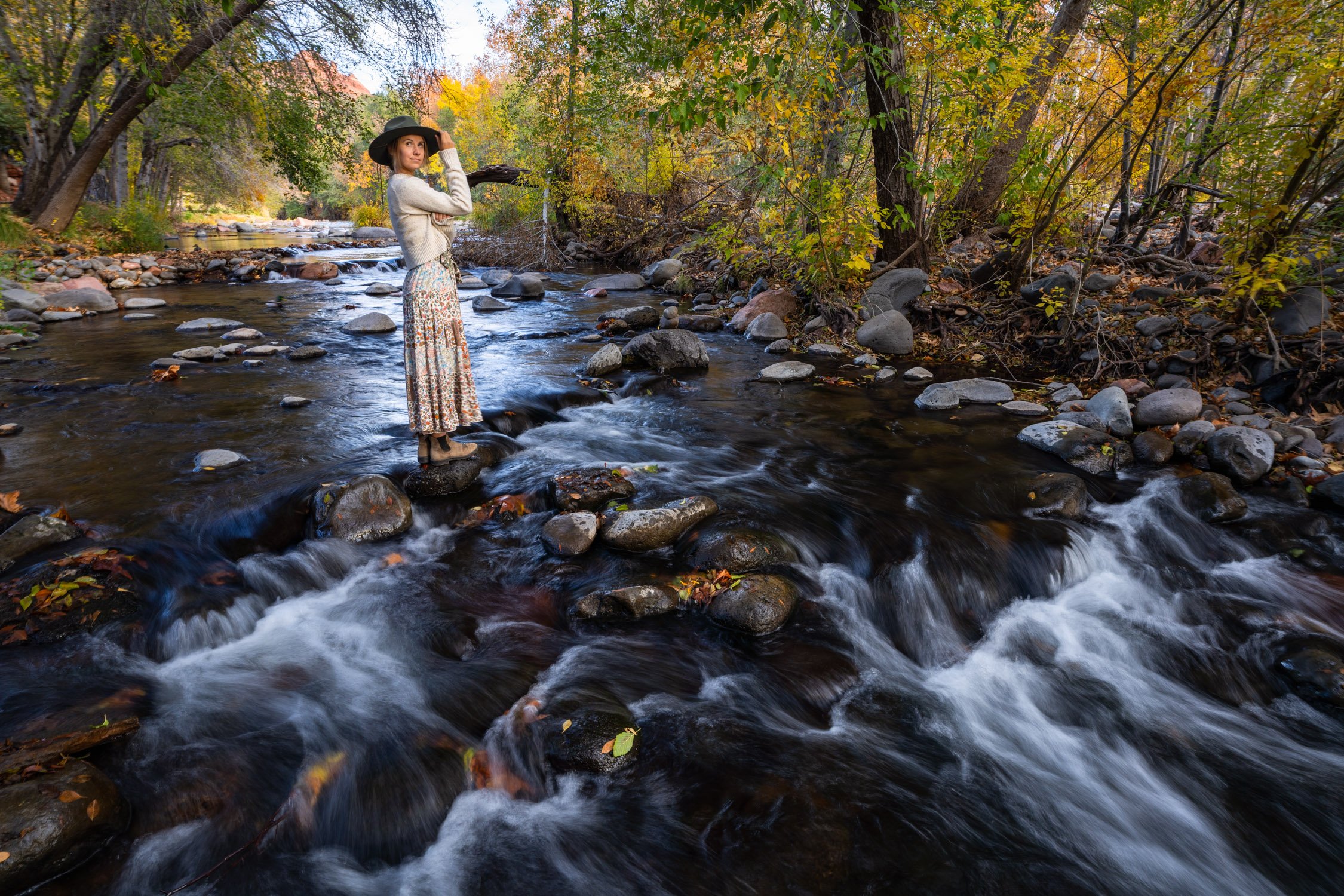8 Tips for First-Time Alaska Road-Trippers
I have driven to Alaska and back to the lower 48. Each way taught me new lessons about timing, route choices, and personal limits. These tips will help you plan your own road trip with a clear mind and a realistic approach. Whether you’re an experienced road-tripper or setting off on your first major journey, Alaska’s vast wilderness offers lessons you’ll carry with you for a lifetime.
Driving a dirt road to an epic camping spot on the beach of Kenai Lake. Photo by Dalton Johnson
1. Give Yourself Enough Time
I recommend at least two and a half weeks to drive up and another two and a half weeks to drive back. Alaska is far away, and the journey can feel longer than you expect. The roads have plenty of interesting stops, and each one can eat up hours. If you try to pack it all into a shorter window, you may feel rushed and miss experiences you truly want.
Remember, Alaska’s beauty lies in its vastness. It’s not a place to rush through. Take time to soak in the incredible landscapes, from mountain ranges to shimmering lakes. Each stop can reveal something unforgettable, whether it’s a hidden hiking trail or an unexpected wildlife sighting. Time is your best friend on a journey like this.
My Dad really wanted to see Bear Glacier, so we made the stop despite the winter conditions. Photo by Dalton Johnson
2. Choose Meaningful Stops
Pick activities or sights that matter to you. Maybe you want to see specific wildlife or catch the northern lights. Research their active seasons. If you dream of spotting grizzly bears, aim for the months they are out. If you want a shot at the northern lights, plan for darker skies. The Milepost guidebook is a great resource, but be honest with yourself: you can’t do it all in one trip.
Some highlights that stand out to me include Bear Glacier near Stewart and Hyder, the Exit Glacier hike in Kenai Fjords National Park, and the bore tide near Turnagain Arm. Each of these spots offered unique experiences, from breathtaking views to the chance to try something new—like surfing a tidal wave! Think about what excites you most and prioritize those stops.
My Dad was a great road trip buddy! Photo by Dalton Johnson
3. Road Trip Buddy
Driving with a partner or friend can save you from exhaustion. You can take turns at the wheel, share camping duties, and stay safe if you’re in remote spots. Also, long drives become more fun with another person to chat with. I found that traveling with my dad deepened our bond, and traveling with my girlfriend made the experience more special.
A buddy also adds a layer of safety, especially in more isolated areas. If one of you is tired, the other can take over driving. Plus, sharing experiences like spotting wildlife or witnessing a stunning sunset makes the journey even more memorable. Don’t underestimate the value of good company on the road.
4. Lodging vs. Camping
I love my van because I have a built-in bed. It removes the pressure of finding campsites or hotels every night. If you rely on a car or tent, plan ahead for safe places to sleep. Tired driving is dangerous. Sometimes you can find random pullouts or rest areas, but be sure it’s allowed. Book campgrounds in busy areas if you want guaranteed space.
Camping can also provide some of the most rewarding moments on the trip. Waking up to a quiet forest or lakeside view is hard to beat. However, safety and comfort are key. Make sure you have reliable gear if you’re tent camping, and always check for wildlife activity in the area before settling in for the night. Bears are common in Alaska, and proper food storage is essential.
Storm clouds blocking our view of Bear Glacier, but we didn’t mind. Photo by Dalton Johnson
5. Seasonal Considerations
Alaska changes a lot by season. In early spring, I saw icy roads and had to watch for potholes. In summer, the views were greener and the wildlife more active. Decide what is most important to you. Do you want to see snowy landscapes? Are you aiming for warmer days? Each season has unique rewards and drawbacks. If you choose winter or early spring, check if you need tire chains or special vehicle prep.
Summer offers nearly endless daylight, which is both a blessing and a challenge. It’s perfect for packing in activities but can make it hard to maintain a regular sleep schedule. On the flip side, fall and winter bring shorter days but offer better chances for northern lights viewing. No matter when you go, pack clothing and gear for unpredictable weather.
6. Budgeting and Vehicle Prep
Gas adds up fast. You’ll cover hundreds or even thousands of miles, and fuel can cost more in remote areas. Bring extra funds. Also, do a thorough check on your vehicle before you leave. Fresh oil, good tires, and a spare tire are essential. I like having some basic tools and a small roadside repair kit for peace of mind. My van handled the trip well, but I was ready for the worst-case scenario.
It’s also wise to carry extra water, snacks, and a first aid kit. Breakdowns in remote areas can mean long waits for help. Even if you don’t encounter any issues, being prepared will make you feel more confident throughout the journey. Your vehicle is your lifeline on a trip like this—treat it accordingly.
Kayaking to a glacier was very high on Kristin and I bucketlist, so we rented kayaks and made it happen. Photo by Dalton Johnson
7. Staying Realistic
I encourage you to be honest about your pace and energy levels. Alaska is huge, and the drive can be draining. Don’t force yourself to push too hard each day. Plan for rest days, especially when you reach a spot you want to explore. Trying to cram too much can leave you exhausted and unfocused on the road.
It’s okay to let go of the idea of seeing everything. Focus on quality over quantity. A few well-chosen activities or destinations will be far more meaningful than a rushed checklist of stops. Give yourself the space to truly enjoy each moment.
8. My Personal Take
Each time I head north, I realize how much I still haven’t seen. The size of Alaska and western Canada is overwhelming. I learned that focusing on a few major activities or destinations helped me enjoy them more. I also found that bringing someone along—whether a partner, friend, or family member—turns the long drive into a bonding experience.
One of my favorite moments was standing with my dad at the border between Canada and Alaska. It was a simple thing, but seeing his face light up made it unforgettable. Another highlight was exploring Homer with my girlfriend, kayaking to remote glaciers, and sharing meals with incredible views. These are the memories that stick with you long after the trip ends.
Soaking in the iconic Alaska gray skies with Kristin. Photo by Dalton Johnson
A road trip to Alaska can be life-changing. It’s a long haul, but if you balance your schedule, pick meaningful stops, and prepare your vehicle, you’ll create memories that last forever. Keep these tips in mind and remember: the best trips happen when you allow yourself the space to enjoy the journey. Plan well, stay flexible, and embrace the adventure.
















